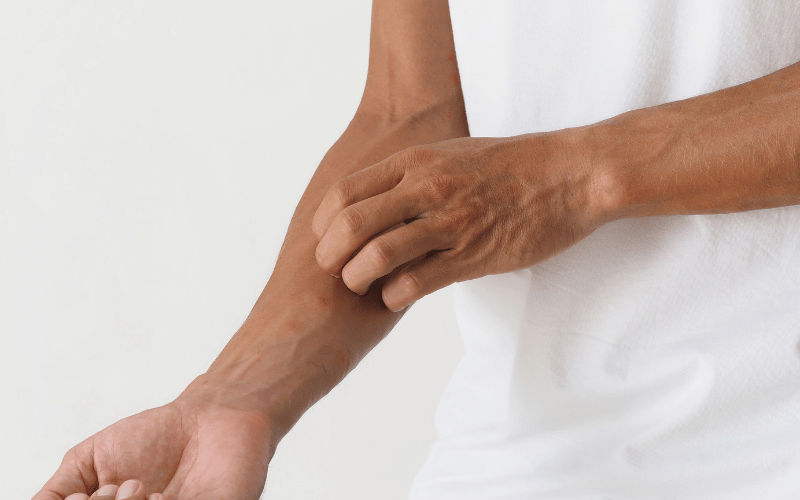Introduction: Understanding ATL and its Global Relevance

Leukemia. For many, the mere mention of the word conjures images of hospital wards, chemotherapy sessions, and brave battles against an insidious enemy. Within the broader category of leukemia, there exists a subtype known as Adult T-cell Leukemia Lymphoma (ATL, ATLL). This particular variant, while not as widely recognized by the general public, has significant implications for those it affects.
Originating from the T-cells in the immune system, ATL is closely associated with a virus called HTLV-1. The disease’s complexity and the myriad symptoms it manifests with can make it a challenge to diagnose and treat. While many of the symptoms overlap with other illnesses, a combination of these can point directly to ATL, emphasizing the need for awareness and early detection.
Despite its lower global prevalence compared to other forms of leukemia, ATL has hotspots. Countries like Japan, parts of the Caribbean, and certain regions in Africa have a notably higher incidence of the disease. Understanding ATL becomes crucial for populations in these areas. Yet, no matter where one resides, having a grip on the telltale signs of this condition can make a significant difference in outcomes for patients and their families.
Now, let’s delve into the primary focus of this discussion: the ten predominant symptoms of ATL. Recognizing these signs is the first step in a journey of diagnosis, treatment, and hopefully, recovery.
Symptom 1: Skin Rashes and Lesions

One of the more tangible and noticeable signs of ATL are skin anomalies. For many patients, the initial telltale sign is the sudden appearance of red, inflamed patches. These patches, often itching relentlessly, can cause significant discomfort. They can be mistaken for benign conditions like eczema or even psoriasis, leading many to seek over-the-counter remedies.
However, a distinguishing factor is the persistence and evolution of these rashes. Over time, raised lumps or lesions may emerge, signaling a more profound involvement of the disease. These aren’t mere surface-level anomalies. The lesions can often be painful, warm to touch, and may even exude fluid in severe cases.
Moreover, the distribution of these rashes and lesions can be widespread, covering significant portions of the body. They may be concentrated more on the limbs or trunk or even appear on the face in some patients. This widespread occurrence further distinguishes them from common skin ailments.
Monitoring the progression and nature of these skin changes is vital. A sudden increase in the number, size, or intensity of rashes or the emergence of lesions requires immediate medical attention. Not only do these symptoms signify ATL’s progression, but they also impact a patient’s quality of life significantly.
In the broader scope of ATL’s symptoms, skin issues serve as a visual alarm. While they can be distressing, they’re also an opportunity for early detection and intervention, offering a silver lining in the ominous cloud of this disease. (1)